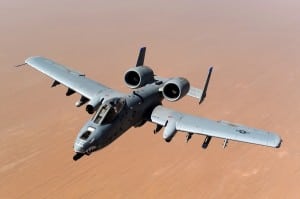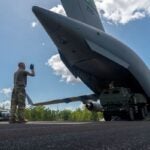
A Government Accountability Office report released last week added fuel to A-10 proponents’ arguments to keep the aircraft a staple of Air Force fleets.For several years, the Air Force has tried to retire the A-10—commonly called the Warthog—in an effort to save money that could be funneled toward readiness, operations and procurement priorities, but the GAO says those savings may be overstated and divestment could lead to operational gaps.In the fiscal year 2015 budget request, the service estimated that scrapping…













